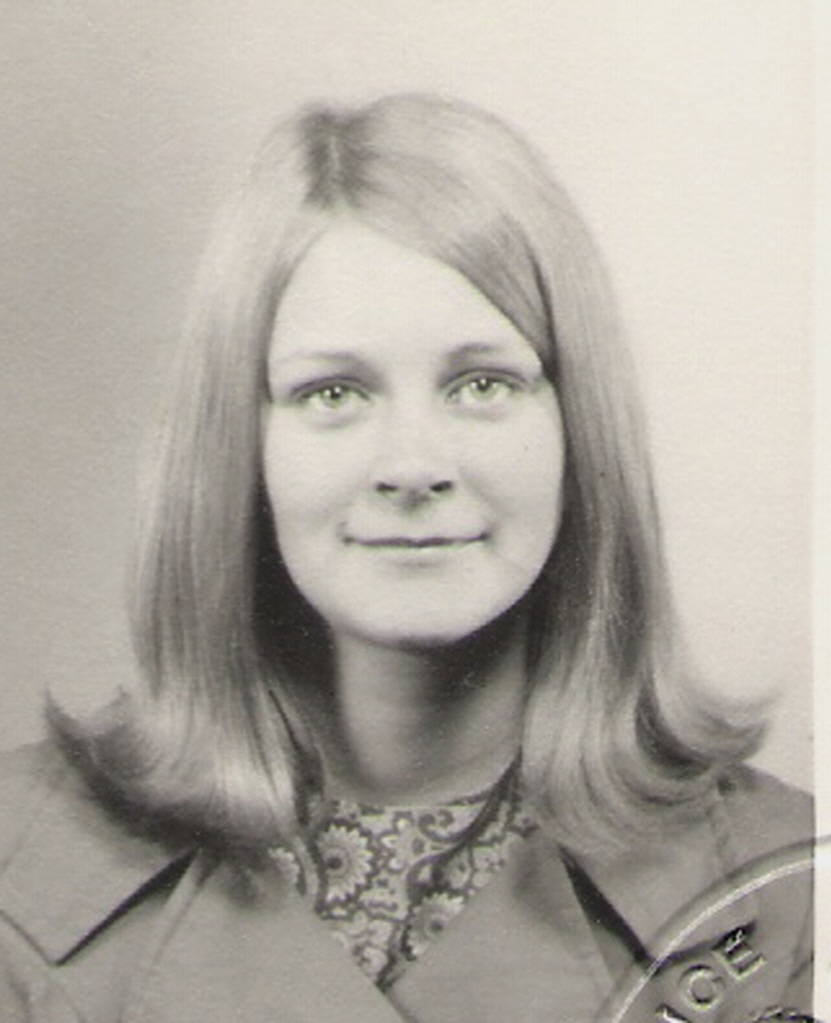When we were far enough south to be sure of missing Hiero, we cut the engine and we began to drift before the seas, steering down wind but with a westerly slant. I shortly engaged the steering vane, out of curiosity to see if it would make my manual steering lighter. We had by this time almost given up hope of ever getting it to work, but before leaving Gomera I had stripped it down, once more, and altered the ratio of pull on the tiller. Now I found that if I let go of the tiller for any reason, we did not immediately go off course. I began to leave it for longer and longer periods, and found that though we wandered, we never broached to. As you can imagine, I felt like a dog with two tails. In half an hour I had gained sufficient confidence in it to go below (Penny was already in her bunk, trying to sleep).
At longer and longer intervals I popped my head up through the hatch, and always finding all well, I finally took off my safety harness and laid down. Being by now dead tired, I was soon asleep.
In the morning we awoke to find that the wind had dropped almost away, though the seas were still high. We hoisted our main and genoa and set off to the west. We could dimly see the outline of Hiero through the haze in the northwest. By 9 am the wind had increased to force 4, and in the next 4 hours we gradually took in sail to ease the boat, until by 1pm we were down to about a third of our main only. With the wind Southwest by West, we tacked south, looking for the trade wind belt. After 5 hrs of very heavy wet going it started to ease off, and by 7pm we were back to a force 3 from Northwest. For 3 days we sneaked our way Southwest. The self steering gear was still working, and although we weaved on each side of our course like a drunk, we did not have to handle the tiller at all.
The main shipping routes did not pass this way, and we had not seen a vessel since leaving Gomera, so we thought it safe to sleep comfortably at nights just getting up three or four times to see that we were still on course. On the Friday, the trades came in with a rush (or so we thought). Over the weekend we poured along before an East Northeast wind, heading directly toward Barbados, running with our genoa boomed out on one side, our foresail the other. On the Monday our observations put us 700 miles SW of Gomera, but by the evening the breeze had left us and for the next 6 days the most we could raise was force 2. In the worst of this period we did only 60 miles in 60 hours. By the Saturday we had begun to think in terms of a 60 day passage. On Sunday the wind came back at 3 to 4.
Sea birds were the only living creatures we had seen since leaving harbour. No sharks, no pilot fish. Not even a flying fish. On the Monday evening, about 5pm (GMT), on scanning the horizon I saw what appeared to be a white wave top, ahead. It seemed to stay in the same place longer than it should. When the boat lifted on a larger swell than usual I realized that I was looking at a sail, hull down. I shouted to Penny, who was preparing dinner. She rushed out, and with her younger eyes confirmed this. No boat had passed us, so we knew we must be gaining on it. We had 3 hours of daylight left and then we might lose it forever in the darkness. Quickly we raised the mainsail to give us extra push.
It seemed years before we could make out the hull. We thought it was probably one of the boats we had met in the Canaries, and as we drew nearer debated as to which one it could be, and what nationality. At 7.30pm we were almost within hailing distance, I started to take down the main, in case we should pass her too quickly. She was only a small boat, running under twin jibs. The crew looked to be one man and one women. As we drew level, our main dropped with a rush and we slowed down to sail level with them. I was engulfed in masses of canvas when I heard a voice say, “Tell your husband to turn round”. I turned, and was immediately photographed. “He’s my father, not my husband” yelled Penny, indignantly.
“What class boat are you?” I shouted. “Dawn Star, Spartan class” was the reply.
For several minutes we shouted questions and answers at each other. We learned that she was sailed by George Fairleigh and his wife, and had left Hiero 2 days after us but had had more favourable winds, and been able to sail a more direct course. We arranged to see them in Barbados and as it was now nearly dark and we did not want to have a collision in the night, we headed off to port and soon lost sight of them. This episode gave us a great boost.

Dawn Star mid Atlantic


No comments:
Post a Comment